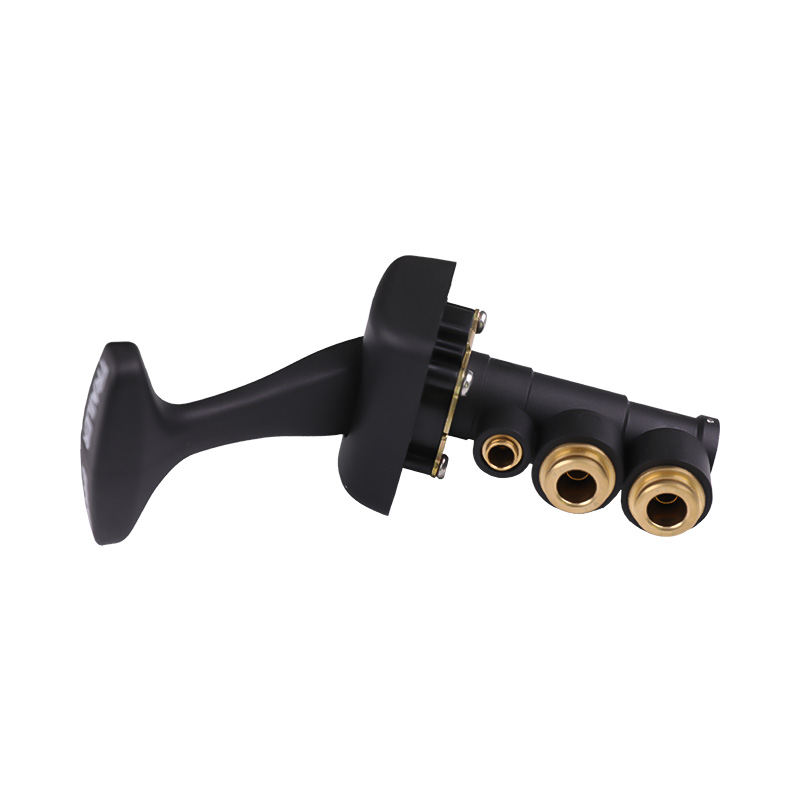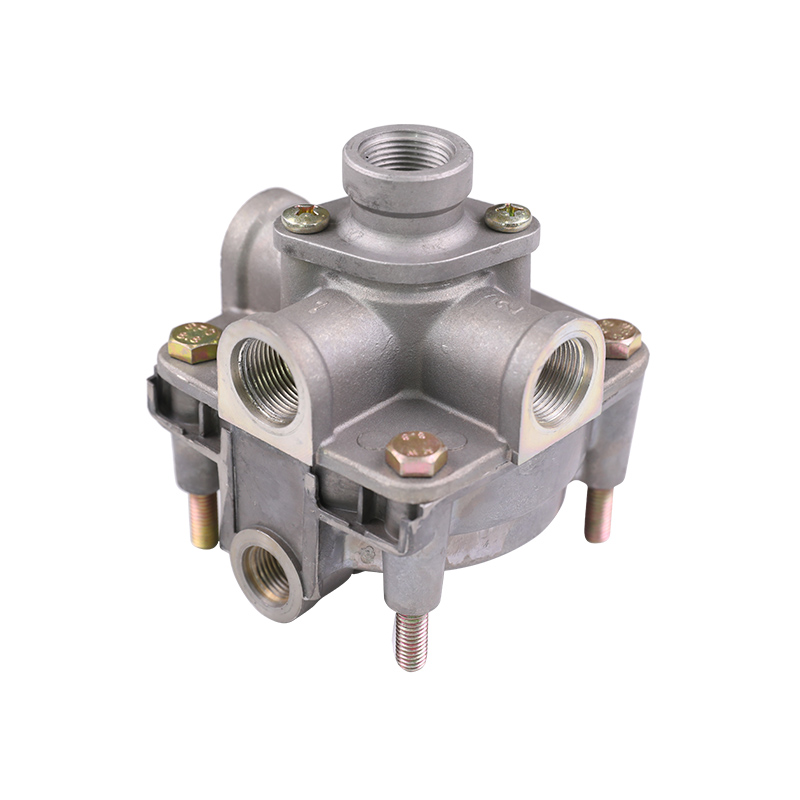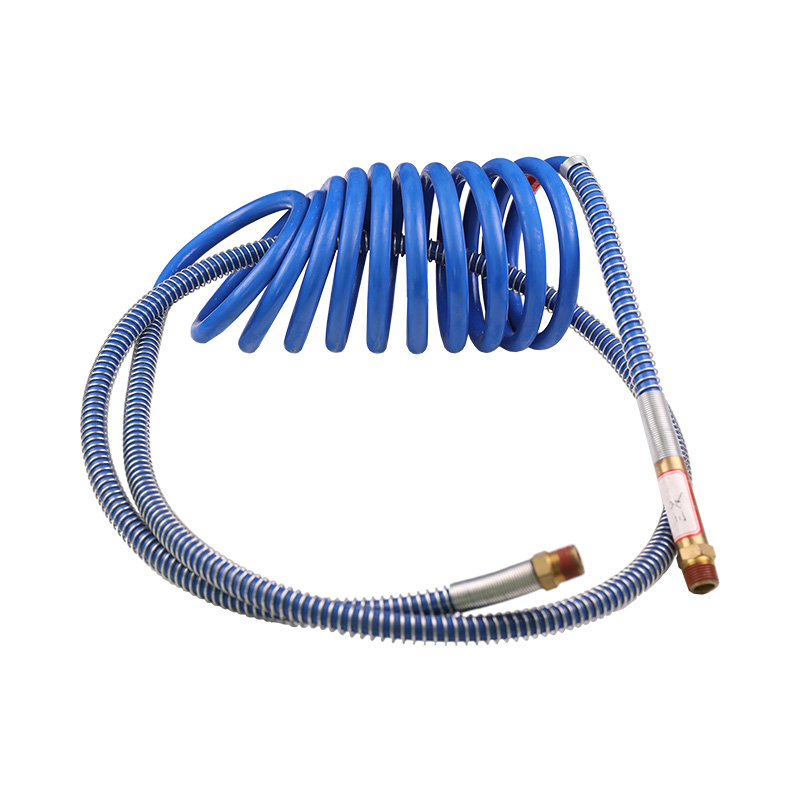As a core component in pneumatic and hydraulic systems, relay valves are widely used in many fields such as industrial automation, mechanical equipment, and transportation. Its performance, life and reliability are significantly affected by a variety of environmental factors, including temperature, humidity, corrosive media, vibration and dust.
In terms of temperature, the performance of a relay valve is limited by its operating temperature range, and exceeding this range can cause a series of problems. Changes in material properties are a key factor affecting valve function. The physical and chemical properties of different materials may change significantly under high or low temperature conditions. For example, rubber seals may harden and lose elasticity in high-temperature environments, causing leakage; while in low-temperature environments, some materials may become brittle, affecting sealing performance. In addition, the performance changes of lubricating oil cannot be ignored. High temperatures will cause the viscosity of the lubricating oil to decrease, while low temperatures may thicken the lubricating oil, both of which will affect the smooth movement of the valve. Therefore, it is particularly important to choose a lubricant suitable for a specific temperature range. At the same time, under high temperature conditions, the internal components of the relay valve may expand due to thermal expansion, causing the valve to stick or seal to fail.
The impact of humidity on relay valves is mainly reflected in corrosion and moisture intrusion. In a high-humidity environment, metal parts are prone to rust, especially in the presence of salt, the corrosion rate is significantly accelerated. Not only does this reduce the mechanical properties of the valve, it can also cause leakage issues. Moisture intrusion can cause electrical failure (especially in electric relay valves) or affect gas flow, thereby reducing the overall efficiency of the system. In addition, in an environment with high humidity, mold and bacteria may grow on or inside the valve, further affecting the normal operation of the valve.
In some industrial applications, relay valves may be exposed to corrosive media such as acids, alkalis, or other chemicals. The impact of these media on relay valves is mainly reflected in material selection and corrosion resistance of seals. Conventional metal materials may not be able to withstand the erosion of corrosive media, resulting in reduced valve performance or failure. Therefore, when selecting a relay valve, give priority to the application of corrosion-resistant materials, such as stainless steel, aluminum alloy or coated materials. At the same time, the selection of seal materials is also critical to ensure that they will not degrade in specific chemical environments.
In some specific application scenarios, relay valves may face large vibrations and shocks, such as in heavy machinery or transportation vehicles. The impact of this environment on relay valves is mainly reflected in mechanical fatigue and loose joints. Continuous vibration may cause the valve's internal components to loosen or wear, thereby affecting its normal operation. In addition, vibration can cause electrical connections or gas pipe fittings to loosen, increasing the risk of equipment failure. Therefore, design considerations for vibration and shock are key factors in ensuring long-term stable operation of relay valves.






